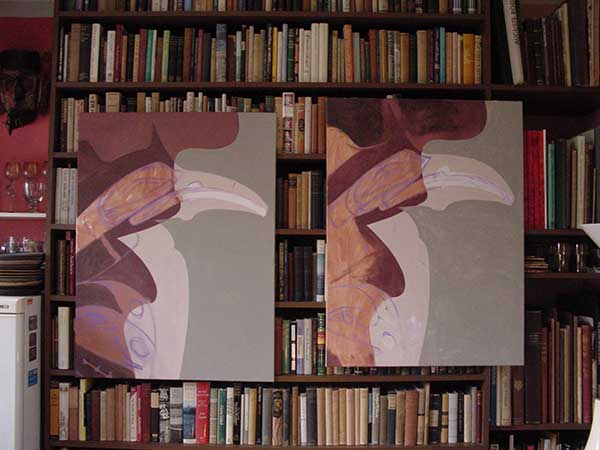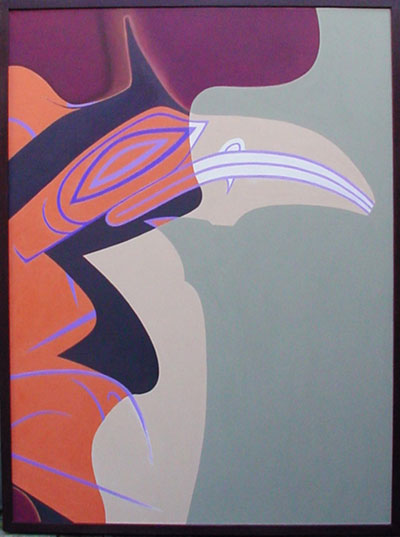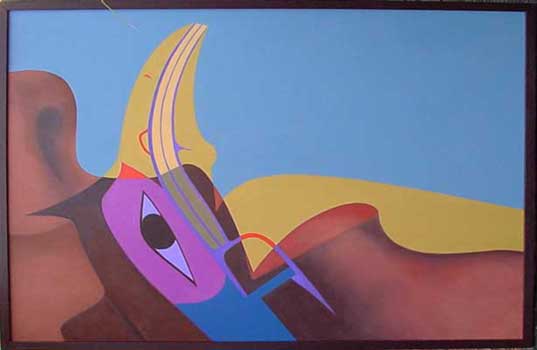PETER EDGERTON WILSONArtist, art critic, Sixties radical, mentor Wilson was eventually caught, his dictionaries confiscated. This naturally cemented a lifelong interest in China. But the prank also foreshadowed the life to come, the career in solitary pursuit of knowledge, the superb gift for drawing, the facility with language, and the irreverence. In the late sixties, when he returned to Canada from his studies in Chicago, Wilson became active on the left in the nationalist movement then sweeping Canada. He joined the Canadian Liberation Movement in Toronto, working on the movement’s newspaper New Canada and acting as a key adviser to Barry Lord during the writing of The History of Painting in Canada: Toward a People’s Art. At the same time, Wilson was freelancing as an art critic and illustrator, writing the art column at the Toronto Star. Artists were on the move in the early seventies, banding together to set up video co-ops, artist-run galleries, magazine collectives, and unions. Wilson soon became involved with the organizing effort behind Canadian Artists Representation, working alongside people such as John Boyle, Joyce Wieland, and Charlie Pachter. He was an astute political analyst and rhetorical genius who could sum up complex issues in simple sentences. “Most people work in order to make a living, but artists make a living in order to work,” he once remarked, which pretty much explains the economics of art-making. Peter Wilson was an eclectic intellectual; a politico who read Suetonius as well as Marx; an artist with no illusions about the art world; a virtuoso draughtsman (as adept at silverpoint as numismatics) who could grind his own colours. He studied at the École de Beaux Arts in Montréal and the Art Institute in Chicago, but his major break came when he and Judith Clute apprenticed with two European painters, Françoise André and Charles Stegeman, who came to Canada after the Second World War and taught at the Banff School of Fine Arts. This was when Wilson decided on a life in art. Judith remembers watching him doing riffs on Francis Bacon’s screaming Pope, drawing like da Vinci and then like Ingres; it was all elegance and energy in wild balance. Through the seventies and eighties, Wilson continued to paint, although he rarely exhibited. He and Susan Crean lived for a decade in the Junction, and then he moved to Karen Montesanto’s on McCaul Street, a stone’s throw from King Lee apartments where it all began in the sixties with a moveable feast of artists and travellers. He spent time with Vancouver sculptor Bob Foley, striking coins the old way — with die and mallet — crafting exquisite portraits of friends. He was a great friend to younger artists; some, like Texas writer/photographer Mary Lou Pilkington, visited regularly for decades. In later years, Peter would occasionally remark to close friends that he figured his life’s contribution would not be anything he himself created but rather the people he “created” — by which he meant the artists he helped launch. This was Peter’s special gift. He could recognize talent, often before anyone else did, and he knew how to encourage the artist in others. In the end, a powerful legacy. Artists Judith Clute and Karen Montesanto and writer Susan Crean are friends of Peter Wilson. |
Biography — the 2010s
March 2010 update: I’ve recently become a framer. The last couple of years have been a time for mastering this new craft. To see a first selection of several framed etchings there’s now a link, here framing notes at WordPress and on homepage. I’m most grateful to Graham Sleight for getting this set up for me. He even designed the heading. The main purpose for this framing set of pictures (in blog format) is to show how an etching would look framed. Since this first selection went up I’ve been learning about a different type of frame – a floating frame suitable for certain paintings – and may set in some examples of this too.
Just recently, after a couple of days work on a new painting, I found that what seemed still to be a sketch turned out to be a finished painting, far more gestural and loose than I normally work for. Its open roughness resembles the underpainting in all my more finished work, but on this occasion it can stand by itself. Having decided I had finished one painting, I immediately started a second version, of the same size, which will run on into who knows what explorations. My taste tends to go for a more finished form of painting but obviously I also like the marks made in the “present tense” of early stages. I hope to hang the two painting side by side in my next exhibition.
“This "Work in progress” photo shows these two paintings side by side. The painting on the left is the second, and will be worked on further; the one of the right is finished. And will be framed thus.

September 2010 update: Of course the loosely painted work - on the March update above - couldn't sit on my shelf forever untouched. Even after I had put a frame on it. Eventually I took off the frame and worked the painting to the sort of finish I really prefer. Meanwhile the other painting moved along its own way and eventually ended up sideways as you can see below.
 |
 |
| Quorum | Stamen |
Incidentally the early stage of the one with its delicate marks and hinted-at shapes was like a soft whisper (I liked this at first) but that was why I couldn't keep it alongside my other paintings. I need my finished work to project across metres of space with variations of some sort of controlled voice in paint. And that one just didn't project. Now it does and it fits with the other three recent paintings to make a good foursome. Assent Requires Several Voices. Chinook. Quorum. Stamen.





